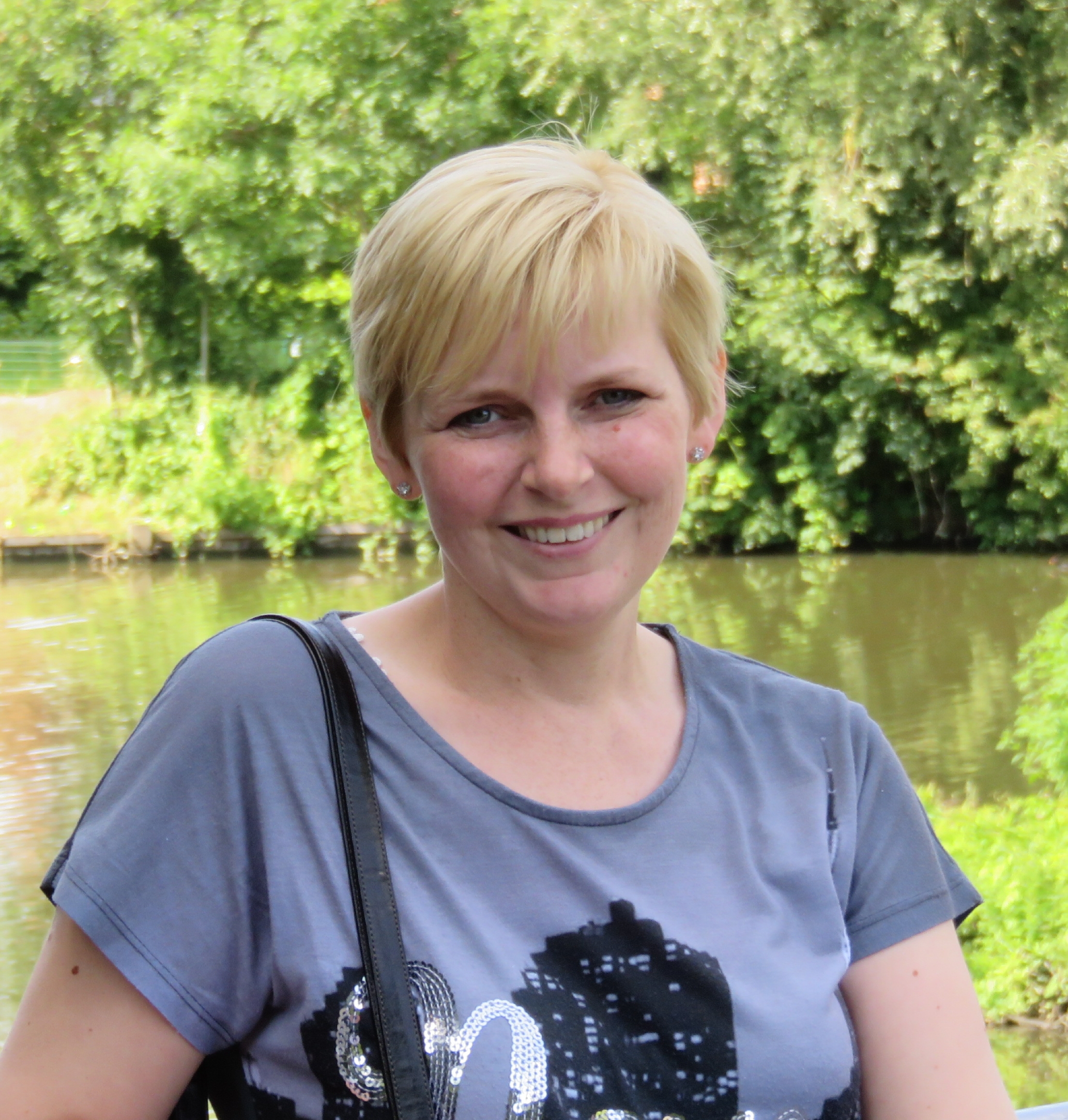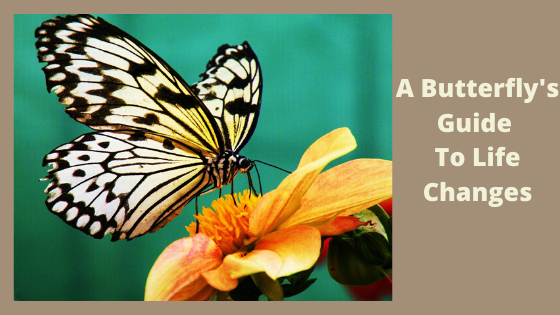A Butterfly's Guide To Life Changes
- Melanie Appleyard

- Jul 12, 2020
- 5 min read
Updated: Nov 3, 2022

A butterfly is often used to symbolise change. It’s life cycle shows three clear stages of growth, from the caterpillar stage of growth and learning, the chrysalis stage, where it remains cocooned, whilst undergoing a state of metamorphosis and then finally a stage where it emerges in it’s own glory, spreads its wings and takes flight.
This is a beautiful metaphor for our own development, in which we are all at different stages. As humans we probably go through this cycle many times in our life cycle, each time growing and expanding from the experiences that life throws at us and the inspiration we take from that which takes us down a new path. Often along the way we need to take a period of time to stop, rest and do some inner reflection that can help us to emerge as our new best selves, with more energy, enthusiasm and direction.
We can therefore learn from a butterfly that life is a journey from which we learn and grow, that we all need periods of time to rest and recuperate and prepare for the unknown, before moving on to greater things.
The Caterpillar Journey

Caterpillars spend their time learning, growing and storing the resources they need for their future development.
From the minute we are conceived we are also constantly changing and evolving, both physically, mentally and emotionally. Every new piece of information changes us in some way and alters our outlook on life and others, no matter how minutely. Throughout life we experience uncountable changes and encounters that shape who we are and how we view the world, determining what we like or dislike, what we value and what we want more of in life. As we move in our chosen direction, we encounter hiccups and road blocks, which may cause us to remap our destination, or work even harder to achieve our desired results. This is the journey called life.
Whether you believe in destiny, or that you forge your own path in life, or even both there are always lessons to be learned, which take us on to a new path full of unexpected twists and turns. Often in order to reach the place where you want to be, you are required to challenge yourself to make necessary changes and risks. This is the point where life changing decisions are made. Do you take the risk, or do you play it safe and stick with what you know?
For many the idea of the unknown can be too scary and too stressful, so it is so much easier to play it safe and avoid change. This can be the same for children. However, often change is inevitable e.g. change of schools, classes, houses, friends etc. Whilst some children are able to focus more on the excitement that change will bring, most are still a little worried about it and some children experience a great deal of anxiety about it.
Knowledge is power. In the same way that you might try to learn more about the things that worry you, you can help your children prepare for change by talking to them about it. Listen to their worries and empathise, but then share your own excitement about changes that may be happening for you all or talk about the exciting things that the change may bring. This can help to shift their mindset into one which is more positive and able to cope with change. For more information around helping your child develop a positive mindset, download my free eBook: How To Give Your Kids A Happy Head Start.
The Cocoon - Rest and Recharge

When the caterpillar has been through a period of growth, it goes through a transitional stage, where it needs to go into its safe cocoon to rest and recharge. At this point everything slows down and outwardly nothing seems to happen.
This works in a similar way for people. When you set yourself a goal, often you work hard to achieve it. However, there comes a point where it seems that nothing is happening. This is often a sign that you need to take a step back, recharge your battery and regain perspective on where you want to get to and how you want to get there.
Very few people can work non-stop, without taking a break at some stage. Those who try might often find themselves in an uphill struggle to keep going, which may result in them giving up or becoming ill, stressed or run down. This often forces them to take a well needed rest.
The same is true for children. Although they do not need to sit and relax to the same extent as adults, they are able to switch off from their schoolwork and chores by playing and having fun with friends. This is just as important to them as time out is for adults. In schools you can visibly see children becoming tired by the end of a half term and in need of a well-earned break.
A break doesn’t have to involve sitting still, but it does mean changing what you are doing for a while, reducing the activities that drain you and spending more time doing the things you love, whether that is playing with your kids, going away on holiday, or simply enjoying a good book. Remember life is not all about work – enjoy it.
The slow periods of time are also a good time to mentally prepare for changes and new challenges that are coming your way, even though you may not necessarily know what they are. It is so much easier to take on a new challenge when you are feeling rested and refreshed.
The Transformation
Following a period of rest and recuperation, the caterpillar emerges in its full glory as a beautiful butterfly, which can spread its wings and take flight.

This is the most rewarding stage of our journey. After all the hard work, the learning and the periods where it feels like nothing much is happening you have become mentally and physically prepared to step up to your new level of growth. This new you may have a new level of confidence, have stepped up to a new challenge, or feel ready to take on a new challenge. Alternatively, goals that you have been working towards may suddenly come to fruition. You’ve stepped up to a new challenge.
This stage can be seen every year in children who move up a year group at school. After a year of learning in their current year group, they are ready for a long break, during which they have to mentally prepare for the changes that a move into a new class will bring. By the end of that break they are ready to return to their new classes and begin their next learning journey, advancing on to more challenging topics. Every year the children grow in confidence and maturity, returning to school as the new best version of themselves.
The Human Journey
Whilst the journey for the butterfly is achieved in a single cycle, the journey for humans is a continuous cycle of learning, rest and character growth. Each cycle you emerge into the new best version of yourself, from which you can continue to grow.
Don’t be disheartened when life seems to slow down or stop you in your tracks. The best is yet to come.
.png)



Comments